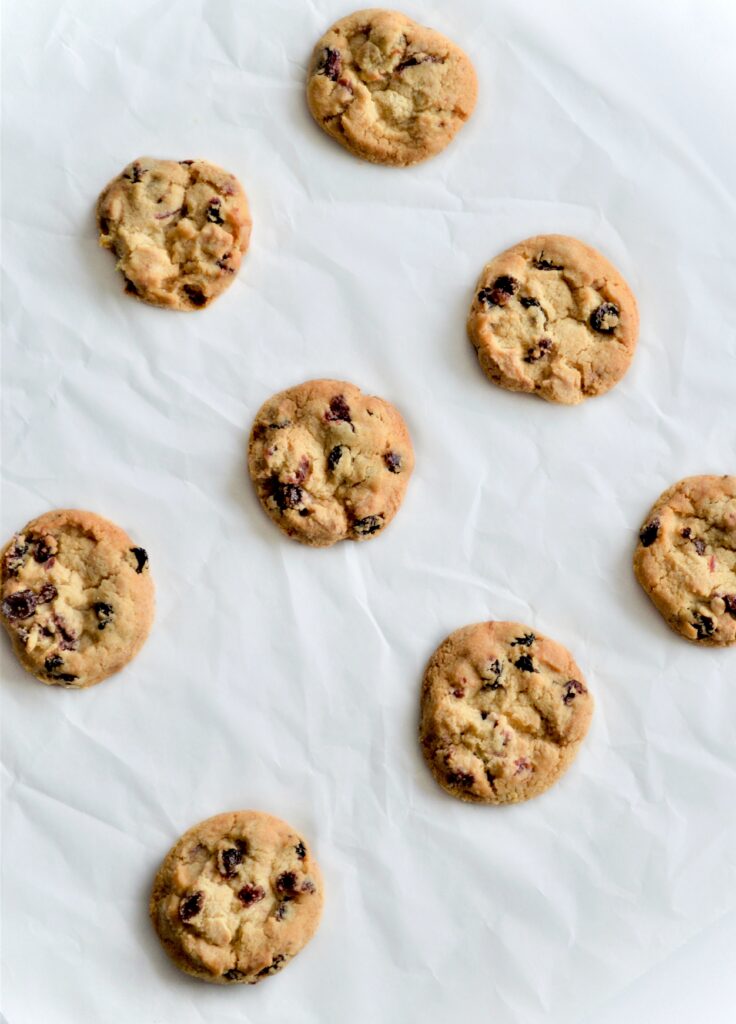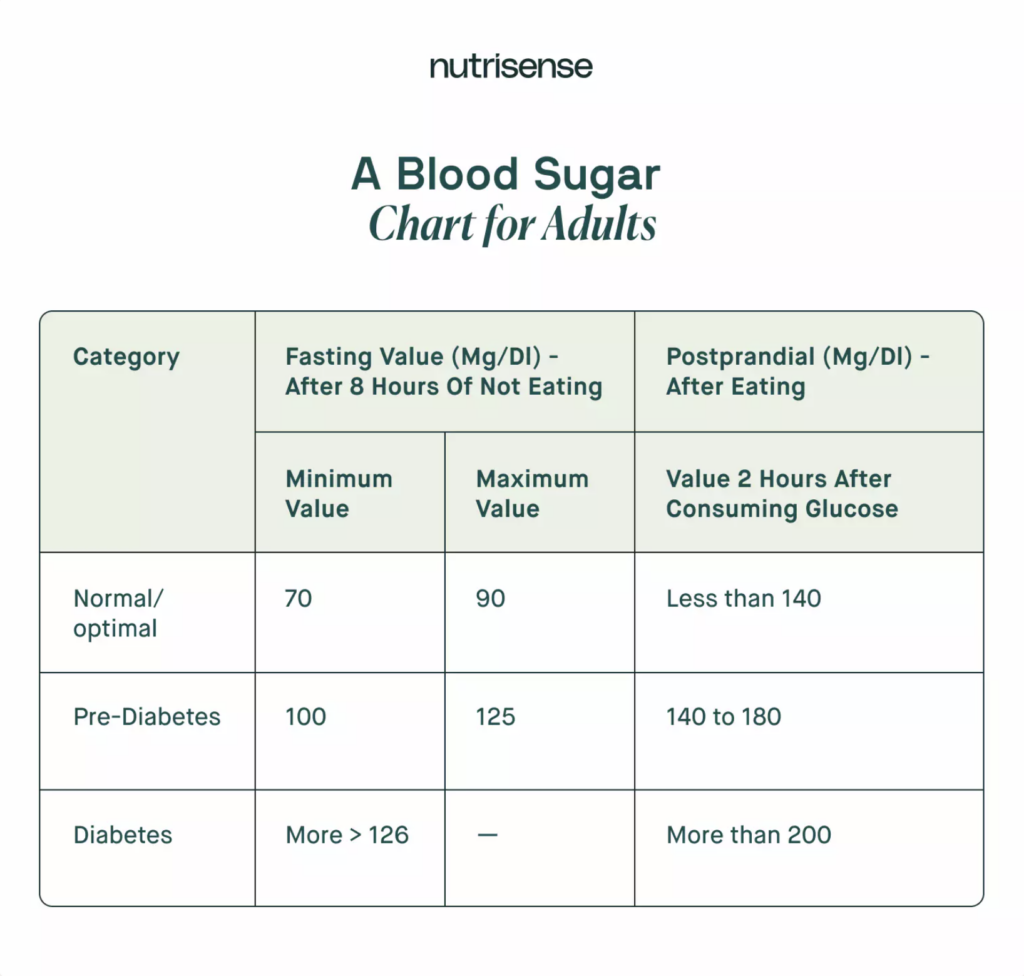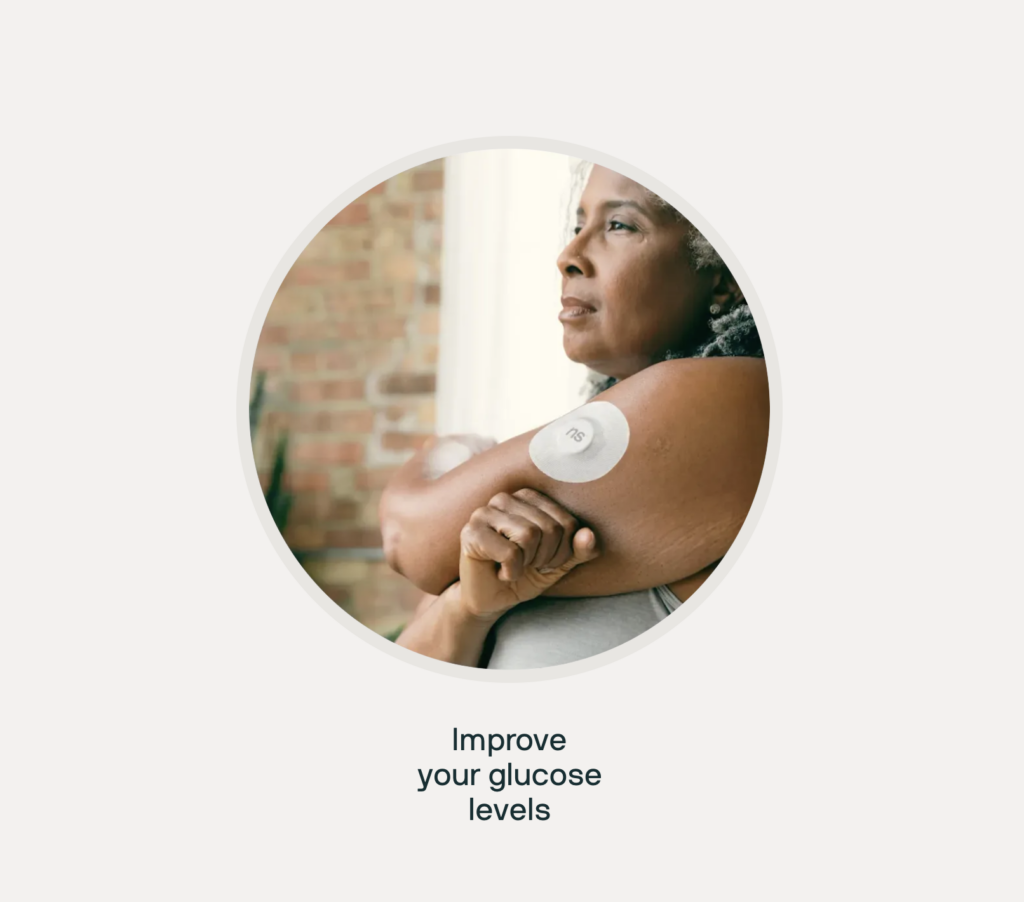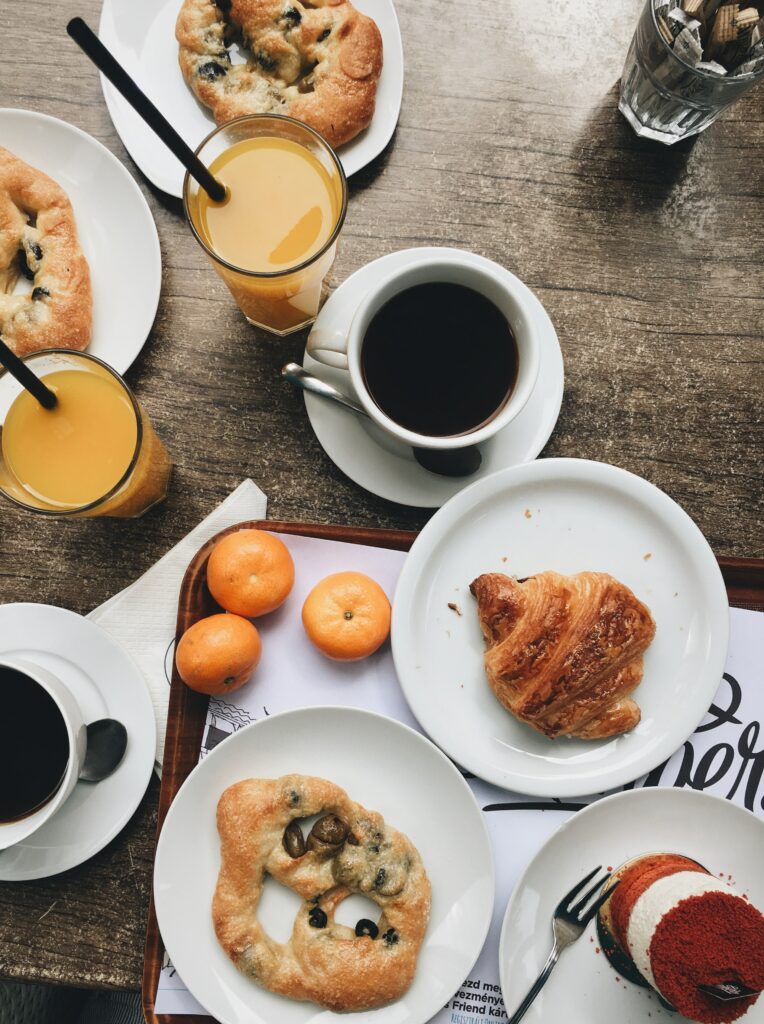Ready or not, December is here. And while the bounty of the holiday season is both delicious and comforting, it can be a slippery slope. Be it one too many slices of pie or an extra gingerbread cookie with your daily coffee, it’s easy to feel sluggish (and guilty) come January. With that in mind, is it possible to enjoy the holidays and nourish your body at the same time? Yes! Fortunately, you can partake in holiday festivities without sacrificing your health. And I have just the tips and tricks for you. Ultimately, it comes down to balanced blood sugar. Below, learn how to manage glucose during holidays. Be it New Years Eve or the Fourth of July, stable glucose—as part of a healthy lifestyle—is a year-round advantage.
This post is sponsored by Nutrisense. All thoughts and opinions are my own. Thank you, Nutrisense, for sponsoring today’s article.

WHAT IS BLOOD SUGAR?
Let’s start here. Without knowing exactly what it means, you’ve probably heard of the term. Balancing blood sugar is key—it plays a role in energy, feelings, cognitive function, and more. In fact, you may already be familiar with spikes and dips in blood sugar. Hello, hanger! That said, few recognize its effects on a daily basis.
BLOOD SUGAR = THE AMOUNT OF SUGAR (OR GLUCOSE) IN YOUR BLOOD AT ANY GIVEN TIME.
Sugar, or glucose, is the body’s main source of energy. The term “blood sugar” refers to the amount of energy (sugar) present in our bloodstream at one set time. Sugar is produced when we break down any form of carbohydrate. Be it an orange, slice of cake, or piece of toast, that carb is absorbed into our bloodstream. Immediately or eventually, carbohydrates are used as a source of energy.

HEALTHY BLOOD SUGAR RANGES
Once you understand what impacts blood glucose, you can make more informed dietary and lifestyle choices. In turn, you can keep your blood sugar levels in a healthy range. And healthy blood sugar is the ticket to better cognitive function, balanced hormones, and so much more. If glucose levels get too low, you can lose the ability to think and function normally. If they get too high, and stay high, elevated glucose can cause unwanted health conditions. See here—and below—for recommended blood sugar ranges.

THE BENEFITS OF BALANCED BLOOD SUGAR
They’re a dime a dozen. Once you master you blood sugar, you’ll likely experience a slew of positive effects: more energy, a steadier and better mood, improved sleep, decreased cravings, and body composition goals. Not to mention, may help in regulating menstruation and improving fertility outcomes. Eating properly portioned meals—every 3-4 hours—will help you avoid hanger, as well as improve satiation. Over time, as part of a healthy lifestyle, blood sugar management may reduce your risk of heart disease, diabetes, and other chronic health issues.
HOW DO I KNOW WHAT MY BLOOD GLUCOSE IS?
Great question! Your blood sugar fluctuates around the clock (even when you’re sleeping). These fluctuations are normal. In fact, we expect a steady rise in glucose after waking, as our food digests, and even when we exercise. However, we want to minimize really high spikes and equally low dips. In part, because these sugar spikes and crashes don’t make us feel our best. Over time, they can lead to unwanted health conditions. In essence, a healthy blood sugar response is one where we have glucose balance after eating. Want to know what your blood glucose is? Consider wearing a continuous glucose monitor.

WHAT IS A CONTINUOUS BLOOD GLUCOSE MONITOR?
Maybe you’ve seen celeb influencers, doctors, or friends wearing a censor on the back of their arm called a continuous glucose monitor (CGM). This wearable piece of technology measures the glucose found in your blood. It gives you direct—and immediate—insight into your wellness. It shows you how your food and lifestyle choices influence your cellular biology. Even without a CGM, you’ll notice physical signs of blood sugar imbalance. For example, a dip in blood sugar includes hanger and shakiness. But CGMs are much more specific. Over time, a CGM allows you to track your glucose patterns (and responses) to certain foods and habits.
NUTRISENSE
To track my blood sugar, I use Nutrisense. It’s been an absolute game-changer. Nutrisense has helped me improve my sleep, support my metabolism, guide my dietary choices, and it supports my well-being as a woman with PCOS. I simply insert the CGM device into my arm (it doesn’t hurt!) and it measures my blood glucose levels—in real time. This information is tracked every few minutes and updated in the Nutrisense app.
Want $25 off your first month with Nutrisense? Use code EDIE25 at checkout!

HOW TO MANAGE GLUCOSE DURING THE HOLIDAYS
Disclaimer: These glucose tips are intended for non-diabetics.
Armed with an understanding of blood glucose—and how a CGM can improve your overall wellness—below are specific tips to keep your blood sugar in check during the holidays. And good news: these tips can be incorporated year-round! Learn how to care for your body while still enjoying the holiday season.
1. AIM FOR A BALANCED PLATE
Depending on your holiday plans, there are likely only a handful of days when you’re eating out of the norm. These are special moments spent with special people—enjoy! In the grand scheme of things, the holidays are a blip on the radar. All of that being said, when it comes to the meals surrounding the holidays, a balanced plate is key: aim for half a plate of non-starchy carbs (greens, broccoli, Brussels sprouts, bell peppers, etc.), a fist-sized amount of protein (4-6-oz), 1-2 sources of healthy fats, and a serving (1/2-1 cup) of slow-digesting carbs (oats, quinoa, sweet potatoes, etc.).
2. HAVE PROTEIN WITH BREAKFAST
It may be tempting to save room for turkey, but that’s actually doing more harm than good for your blood sugar levels. When you skip breakfast, you’re running on cortisol. Cortisol, our stress hormone, will cause elevated blood sugar. The goal is to honor your hunger, but consider if you’re intentionally suppressing your appetite in the morning. Speaking of breakfast, opt for a protein-forward morning meal. Starting your day with protein has been shown to stabilize blood sugar and may decrease highs and lows over the course of the day. For holiday brunch, make a frittata (packed with protein and fiber) or bake these healthy pumpkin muffins.
3. MANAGE STRESS
Stress elevates cortisol—one of our body’s main stress hormones. This can increase blood sugar and insulin levels. And while holiday stressors are inevitable, that doesn’t mean you can’t find ways to cherish your rituals, make time for meditation, and set proper boundaries. Whether it be sticking to your budget or politely declining a boozy get-together, take care of mental health in order to help manage your blood sugar.
4. COME PREPARED
Worried about the selection of food at your next holiday party? Plan ahead of time. Particularly if you’re heading to a potluck, bring a dish with you that’s both delicious and blood sugar-friendly. For example, these roasted carrots. By doing so, you will have at least one nourishing item to round out the other indulgent dishes. However, this isn’t about deprivation. Enjoy what your friends and family members contribute! Rather, it’s about giving yourself the added boost of nutrients to support your blood sugar.
5. SWAP REFINED SUGAR
When it comes to baking your favorite pie, bars, cookies, or cake, opt for lower glycemic sugar alternatives. My favorites are monkfruit and allulose. They’re easy to bake with and you won’t taste the difference! Swapping refined sugar (or even maple syrup) for these alternatives can drastically improve your blood sugar response. As we know, the holidays are a sugar bonanza. And too much sugar is a precursor to everything from headaches and bloating to poor sleep, feeling jittery or anxious, and irritability.
6. ENJOY DAILY MOVEMENT
Moderate, daily movement is beneficial for overall health—but it’s especially helpful for managing blood sugar levels. A moderately vigorous effort for 30 minutes (think: brisk walking, cycling, or strength training) can significantly benefit insulin regulation. All of that to say, a post-meal walk does wonders. In fact, it’s known as the simplest habit to stabilize glucose. In between Thanksgiving dinner and dessert, corral your family and go for a nature walk, throw a football in the backyard, or even encourage a dance party—anything to get moving and grooving.

This post contains affiliate links. Thank you for supporting Wellness with Edie!
This article is for informational purposes only. It is not, nor is it intended to be, a substitute for professional medical advice, diagnosis, or treatment and we recommend that you always consult with your healthcare provider.



Leave a Reply